In the Hamburg district of Wilhelmsburg, a World War II bunker is being used as a renewable energy power plant to generate decentralised heat for the surrounding area, as well as electricity.
Transformation
Once a bunker, now a power plant – impressions from a former war ruin that now produces heat for 1,700 householdsSource: KfW / MEHR+). This video is only available in German.
The bunker stands there as if from another era. From the front and the sides it looks like it did seventy years ago: high, window-less walls constructed from grey reinforced concrete a metre thick. At the time, the bunker was a place of fear; people came to seek protection from the bombs. Today, it is a place of optimism: visitors come because they want to see and feel what a successful energy transition can look like. In the café on the roof terrace they enjoy a marvellous view of Hamburg, right up to the port, to St. Michael's Church and to the Elbphilharmonie concert hall. And you can drink coffee using water boiled with energy from the bunker.
Well in excess of 100,000 people have already visited the place because today, the bunker stands for the future of energy supply. The solar panels on the southern-facing wall and on the roof are visible from afar. State-of-the-art technology in and on the bunker generates green power and heat. But it's not just solar energy: the right mix makes the difference!
At the end of the war, the bunker was to be demolished. But while the interior walls were wrecked, the external walls remained standing. For sixty years, the dilapidated structure remained unused on the grassy area in the middle of a residential district. As part of the International Building Exhibition (IBA) in Hamburg, the bunker was then given a second chance in 2006.
The designers developed an ambitious strategy over three years: the war ruin was to be turned into a structure making it possible for the general public to experience opportunities of the energy transition. This was a pioneering achievement in energy production: energy from various renewable sources is combined at the site so that the bunker, as a local power plant, supplies an urban area of more than one square kilometre with heat, and also feeds energy into the power grid. "The 'Energy Bunker' thus became a tangible object of the energy transition," explains Joel Schrage, project manager at the municipal utilities service provider Hamburg Energie which operates the green power plant.
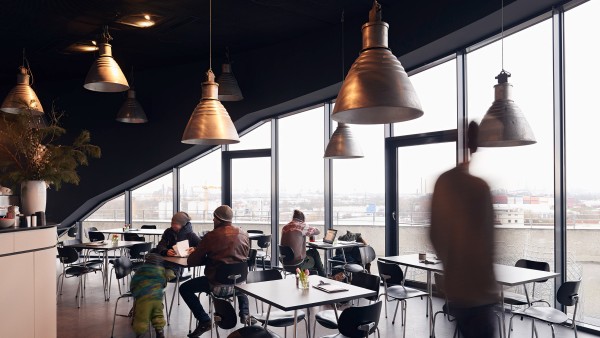
Autonomous
Heating, hearth and hanging lights: all of the equipment in the popular bunker café "Vju" uses homemade energy.
Before the old flak bunker could be turned into the Energy Bunker, roughly 20,000 tonnes of war debris had to be cleared out, the load-bearing pillars needed to be rebuilt, and the façade had to be restored. In 2012 and 2013 the power facility inside the bunker was built along with the solar cells. The solar collector heating system on the external walls was funded by KfW as part of its "Renewable Energies – Premium" programme. Work also started on expanding the heating network.
The bunker draws its energy from the sun, bio-methane and the waste heat fed in from a neighbouring industrial company. The story of the Energy Bunker is already today a success story. The large buffer storage tank that made the heat supply concept of the Energy Bunker economically viable played a key role in this.
The energy needs of consumers fluctuate strongly during the day. This represents a challenge for traditional green power plants: what to do with the surplus energy when it is not drawn directly? And where to get the energy from when people want to heat, cook and jump under the shower in the morning, all at the same time?
The large buffer storage tank evens these fluctuations out. The twenty-metre high, silver-coloured heat storage unit inside the bunker is filled with two million litres of water. Heat energy is transferred to the water through various power generators. The heat stored in the water can be used flexibly, whenever required. This means the Energy Bunker is able to operate profitably even at times of peak consumption. The whole concept is unique around the world.
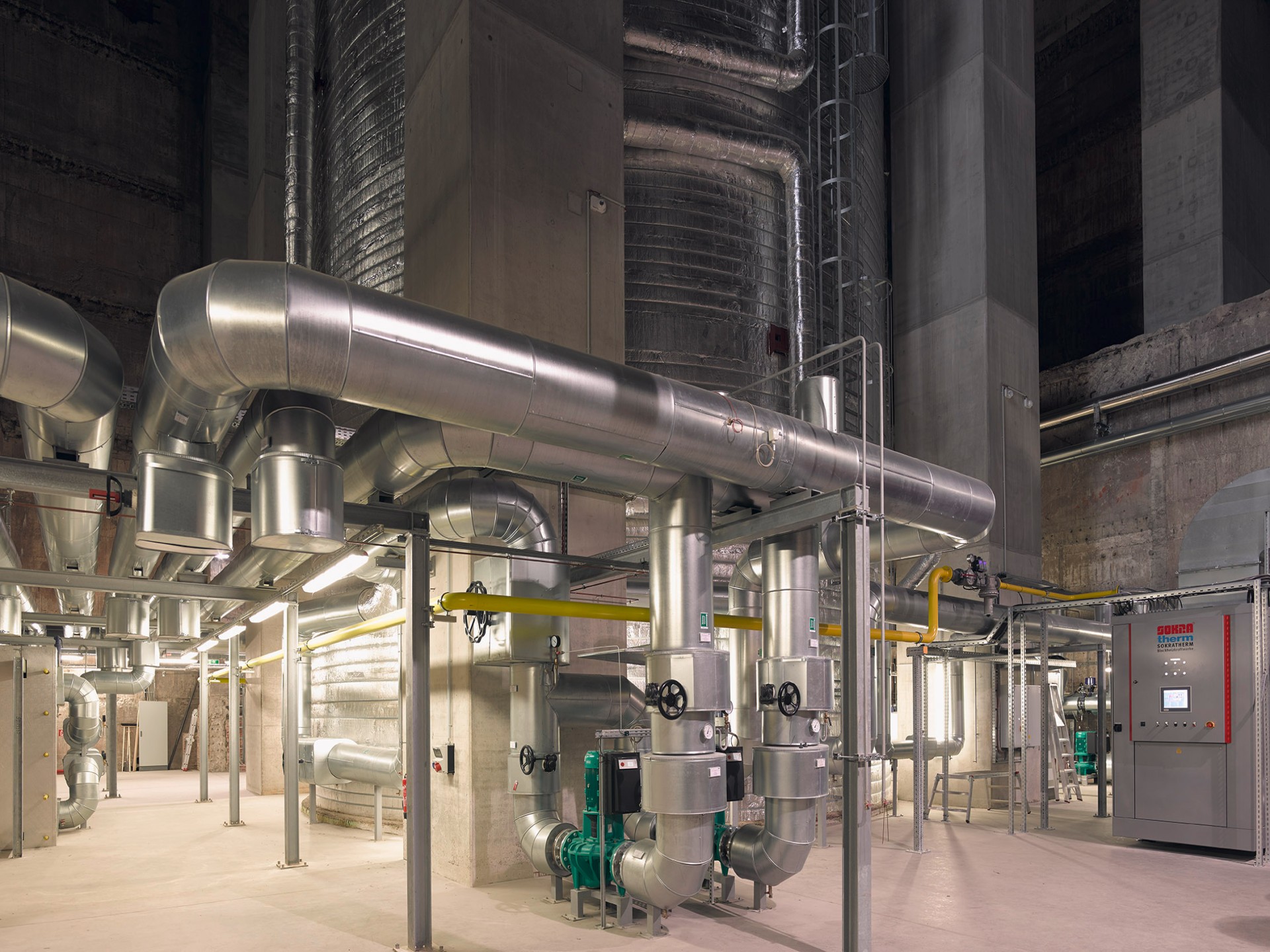
Heat on demand
The large buffer storage tank filled with water (in the centre) is the heart of the Energy Bunker.
Today, almost four years after being launched, the Energy Bunker covers the heating needs of around 1,700 households and the electricity demand of about 1,500 households. Alongside well over a thousand homes, the Energy Bunker supplies a kindergarten, a multi-purpose hall, a large business complex and the police station with energy; a school and other institutions will be added this year. The Energy Bunker ensures a 95 per cent CO2 reduction for customers. Is this benefit to the environment expensive? "Absolutely not", says Joel Schrage: "Our heating costs are right in line with the market."
Good neighbourhood relations: renewable energy, produced on a sustainable basis in the district and for the district – in Hamburg-Wilhelmsburg you can see how climate protection strategies can be successfully implemented. "And the storage potential has not yet been exhausted," explains project manager Schrage.
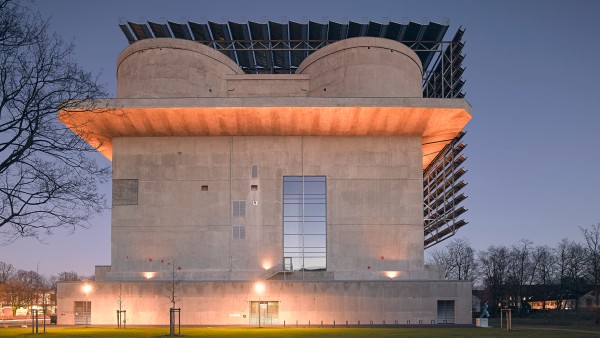
Attractive energy transition
The Energy Bunker in Wilhelmsburg radiates heat at night as well.
So the aim is to connect more consumers to the heating grid and add even more decentralised energy or waste heat suppliers in the surrounding area. Underground pipes and cables have to be laid to ensure the heat can be transported. The more customers are connected, the simpler and more cost-effective it becomes to expand the network.
The heating network of the future is simulated in the Energy Bunker. At micro level a scheme is tested that should soon become reality throughout the whole of Germany: decentralised energy supply with renewable energies.
Scientists are researching here how to manage and optimise the interaction between energy producers. Amongst other things, know-how is being gathered on the practicality of the control and hydraulic technologies used. The project is also attracting attention abroad; the bunker has meanwhile become a pilgrimage site for energy specialists from around the globe.
Some lettering from the war is still visible on the wall near the former staircase of the bunker: "Keep going!" This encouragement also applies to the new function of the old bunker: if you want an energy transition, you cannot stand still, you need to forge ahead, step by step, into the future.
Published on KfW Stories on 21 March 2017, updated on 28 July 2023.
The described project contributes to the following United Nationsʼ Sustainable Development Goals
Goal 7: Ensure access to affordable, reliable, sustainable and modern energy
Close to 80 per cent of the energy produced worldwide still comes from fossil fuel sources. Burning fossil fuels also generates costs for the health system due to air pollution and costs for climate-related damages that harm the general public, not just those burning the fuel.

All United Nations member states adopted the 2030 Agenda in 2015. At its heart is a list of 17 goals for sustainable development, known as the Sustainable Development Goals (SDGs). Our world should become a place where people are able to live in peace with each other in ways that are ecologically compatible, socially just, and economically effective.

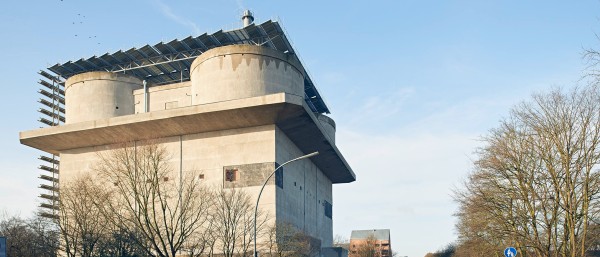
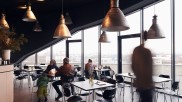
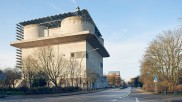
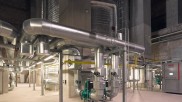
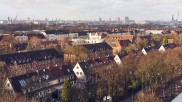
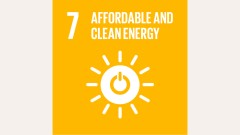
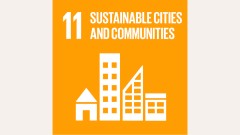

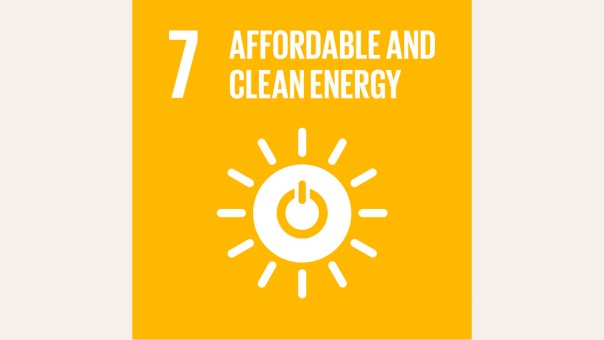
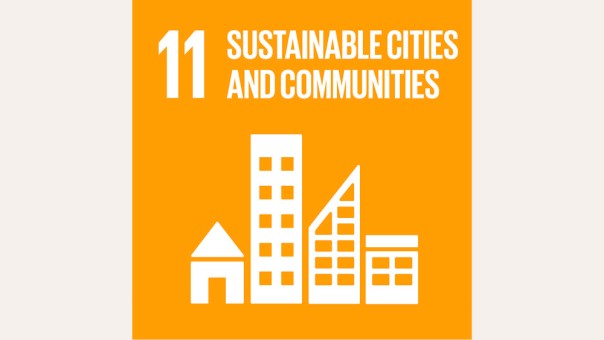

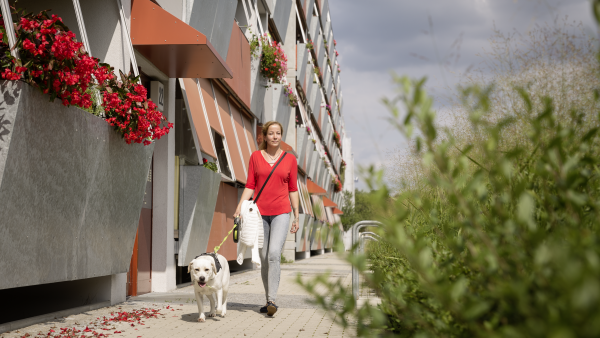
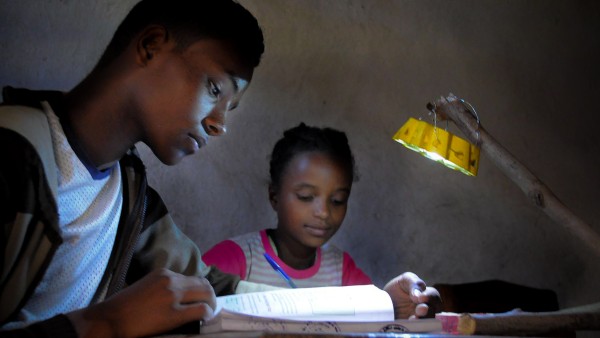
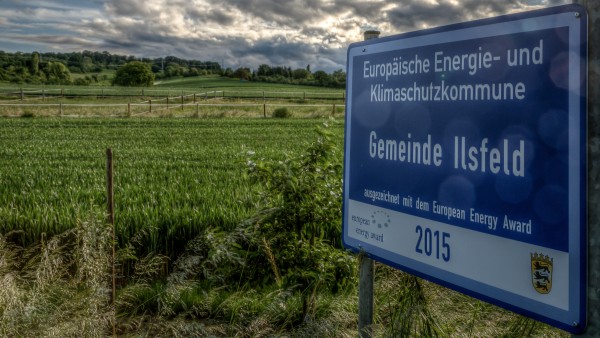
Data protection principles
If you click on one of the following icons, your data will be sent to the corresponding social network.
Privacy information